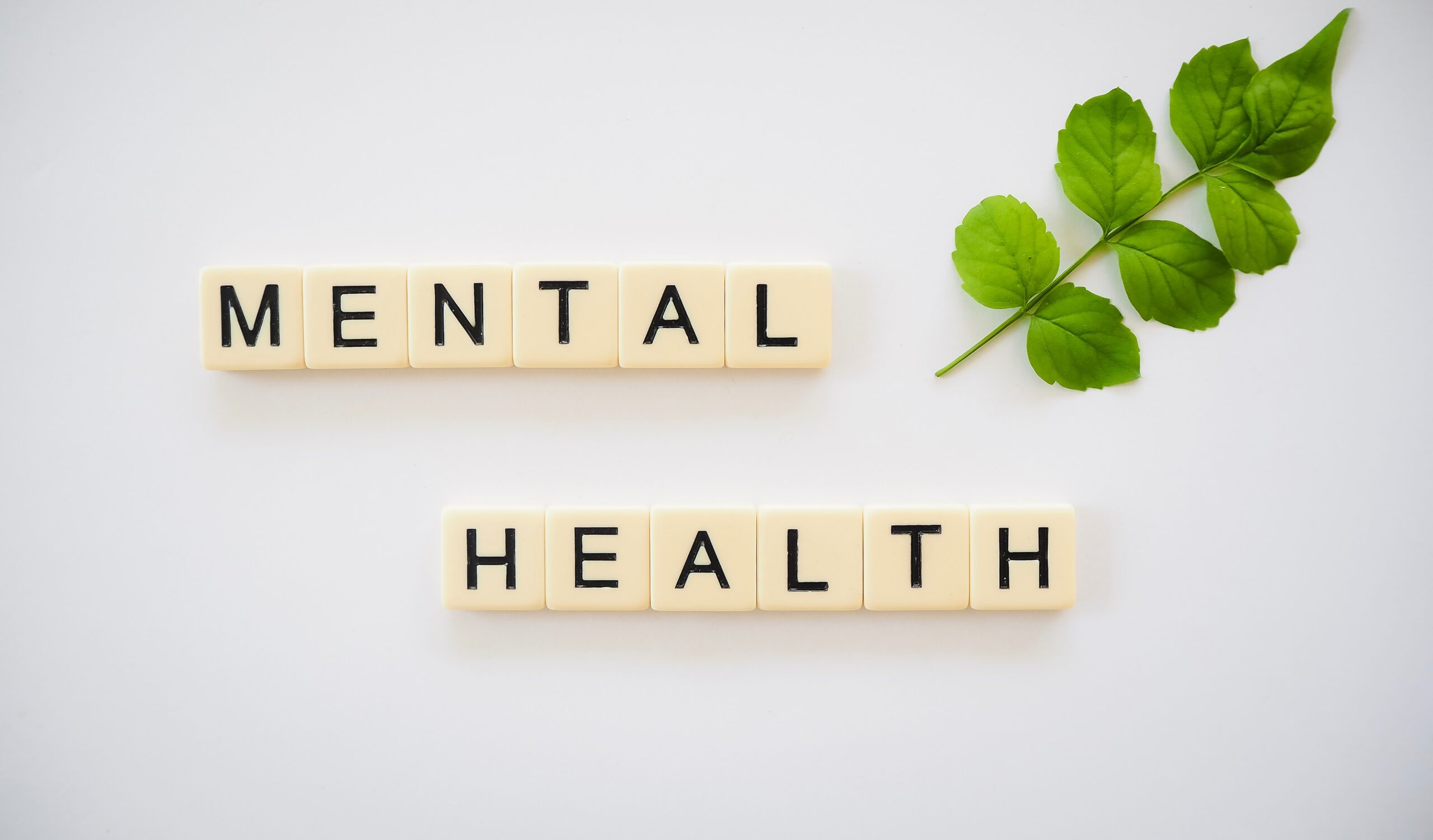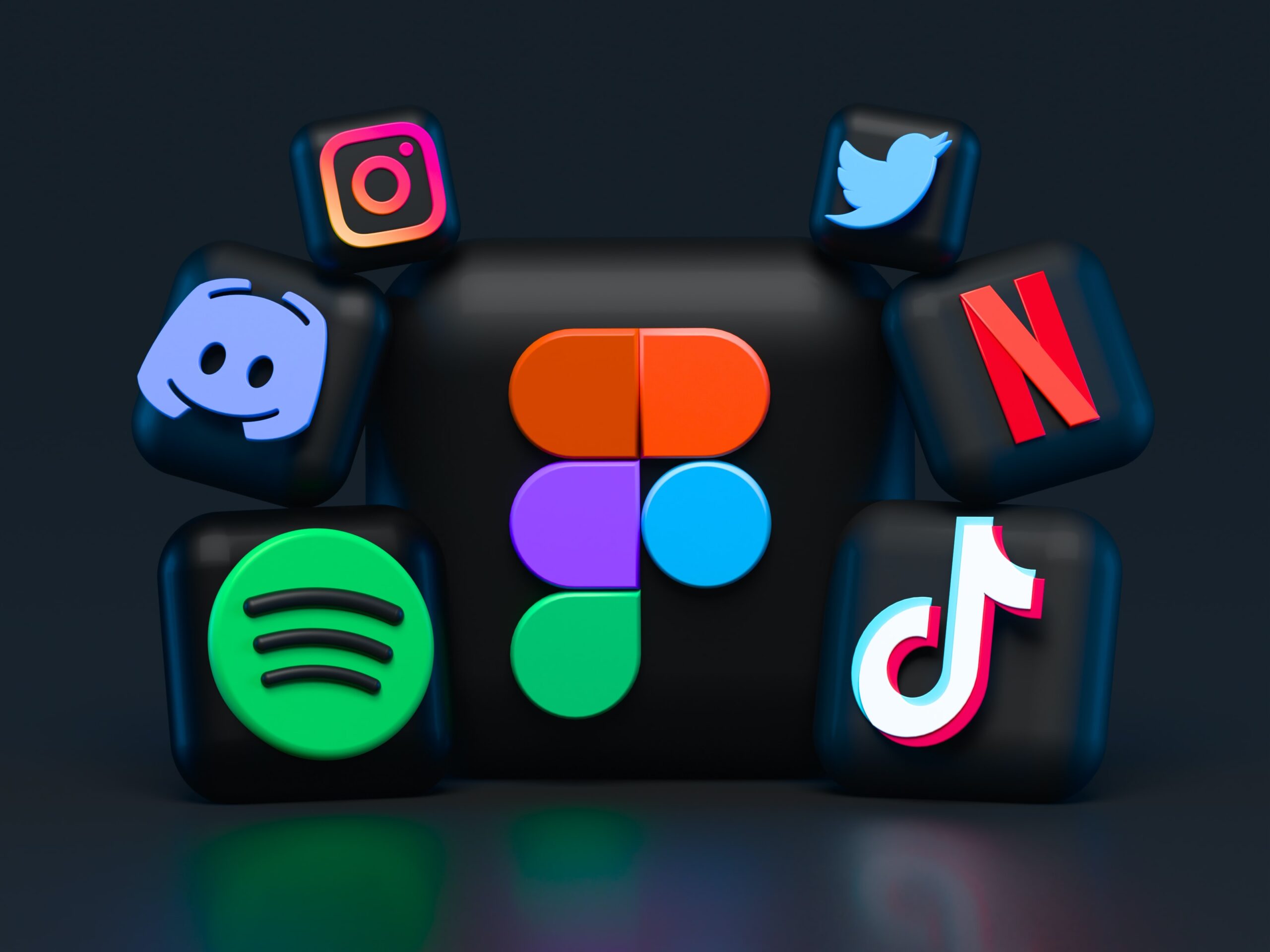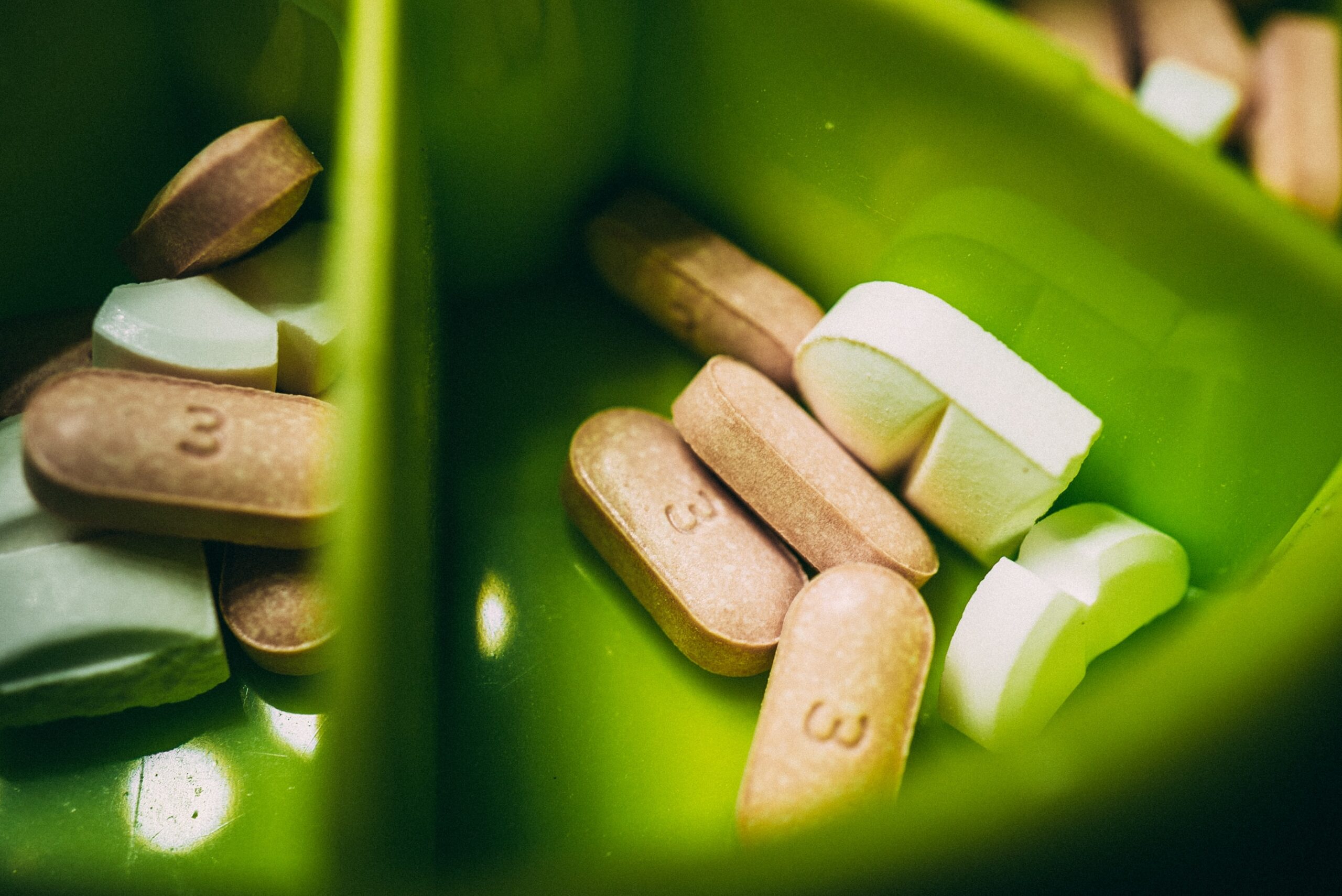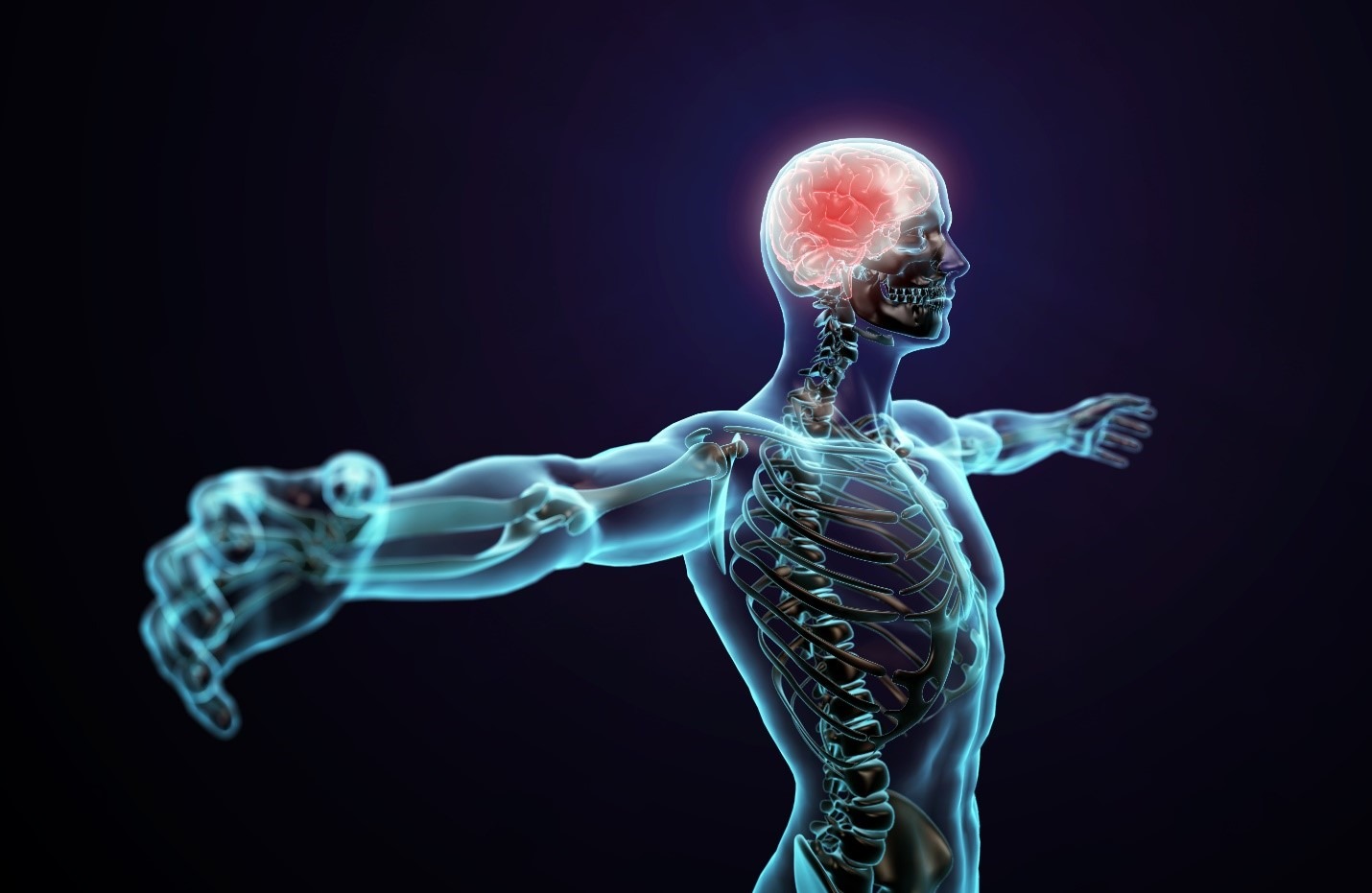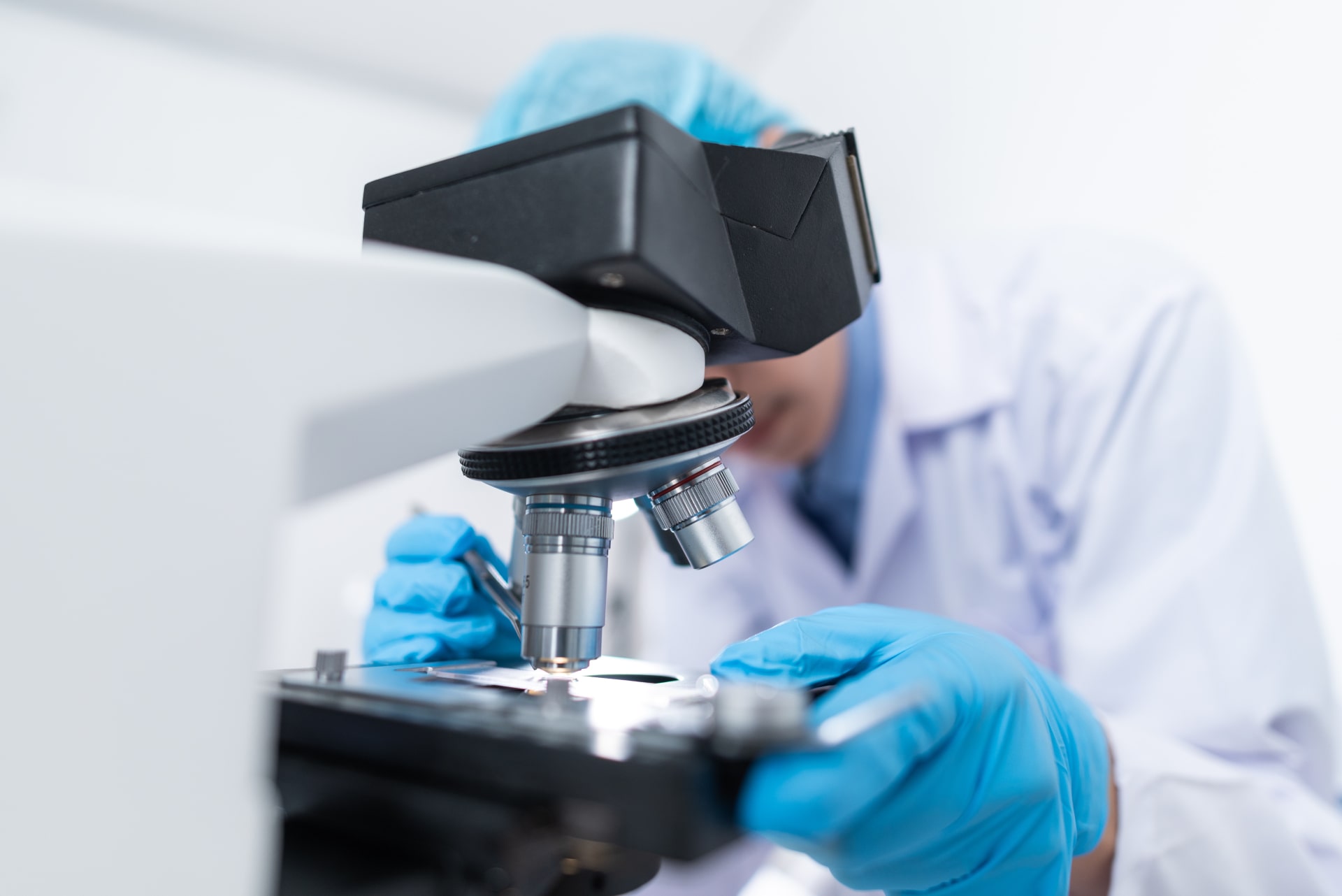Adverse Childhood Experiences (ACEs) And Substance Abuse Disorders
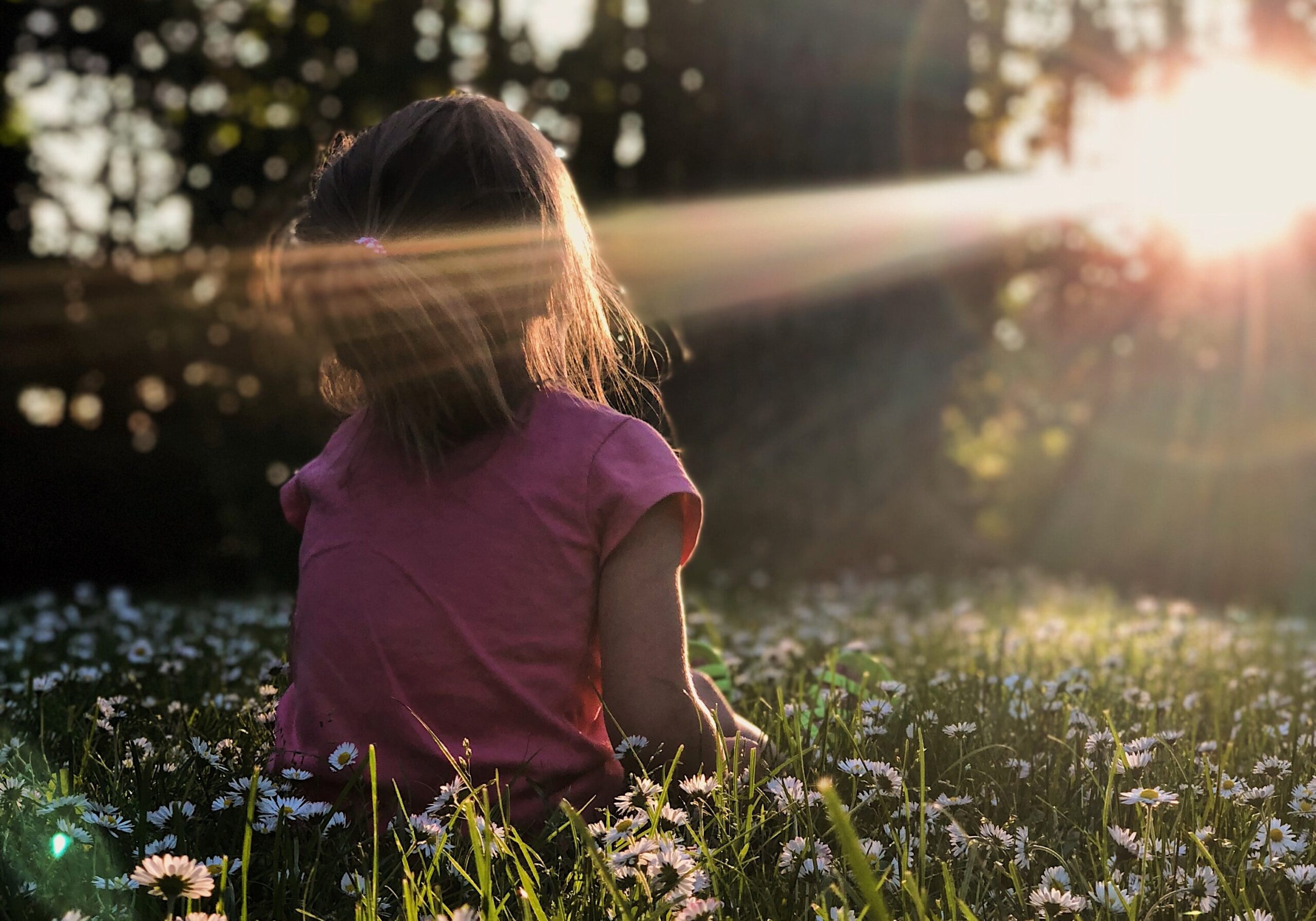
This month I am turning my attention to unaddressed adverse childhood experiences (ACEs) and the difficulties of stardom at a young age, both of which far too frequently lead to a variety of substance abuse disorders. But, it isn’t just those in the limelight who suffer.
Not Just The Death Of Another Rock Star
28 years ago, on April 5, 1994, rock legend Kurt Cobain committed suicide. He was 27. Even though he died of gunshot wounds to the head, most people chalk his suicide up to his addiction to heroin. But it’s not that simple. The question that is never asked is, “Why was he addicted to heroin?” We don’t inquire as to why do so many people become addicts of any kind. The stigma of drug addiction was alive and well then as much as it still is today.
Adverse Childhood Experiences can be found in the background of most people who suffer with addictive behaviors. According to an article published by the national group promoting ACEs science, “The Adverse Childhood Experience Study was released in 1998. It quantified the connection between many childhood experiences and their consequences later in life, but it wasn’t the first study to link child abuse to mental illness, suicide, and drug use. According to Charles Cross’ masterful biography of Kurt Cobain, Heavier than Heaven, Kurt had an ACE score of at least four (divorce, witness to domestic violence, psychological abuse and at least one measure of neglect).” https://www.pacesconnection.com/blog/adverse-childhood-experiences-why-kurt-cobain-is-not-the-only-one
Let me clarify what those scores mean by continuing with the previous article. “With an ACE score of 4, someone’s odds of using IV drugs are 3900% higher than someone with an ACE score of 0, and their odds of attempting suicide are 1122% higher than someone with an ACE score of 0. Let those numbers sink in; those are actually four-digit numbers, not typos. And as someone’s ACE score increases, the odds of each of those outcomes increases as well. Kurt’s story wasn’t one of personal failure despite societal gifts, but rather one of succumbing to the laws of statistics.” https://www.pacesconnection.com/blog/adverse-childhood-experiences-why-kurt-cobain-is-not-the-only-one
Fame And Abuse A Lethal Combination
In another article, it is revealed that when he was on the precipice of global fame, Cobain wrote: “I decided to use heroine on a daily basis because of an ongoing stomach ailment that I had been suffering from for the past five years, [and that] had literally taken me to the point of wanting to kill myself. … The only thing I found that worked were heavy opiates.” https://www.inquirer.com/news/kurt-cobain-nirvana-heroin-courtney-love-death-suicide-anniversary-20220405.html
This is relevant because when someone suffers with emotional stressors over a long period of time those stressors eventually turn into physical changes in health like the stomach pain that Kurt suffered with. Hurtful memories are permanently stored in our nervous system and when those memories are from severe trauma or repetitive micro traumas it changes our neuro chemistry and eventually our metabolic processes. I was not surprised to find out that Cobain’s biographer, Charles Cross, presents indications that Kurt very likely experienced sexual abuse as a child.
Childhood Fame Comes With Intense And Constant Stressors
Living with chronic stress takes its toll. This is seen with child actors as well as with others who achieve fame at a young age as models and musicians. According to a Psychology Today article, “Because of the nature of show business, child actors are often exposed to drugs, alcohol, and sex at an early age. At the same time, young actors must constantly cope with rejection, jealousy, self-scrutiny, obsessive thoughts, and the nonstop need to be perfect.” https://www.psychologytoday.com/us/blog/in-the-trenches/201106/the-child-performer
Mental Health Issues At The Core Of Substance Abuse Issues
Whether in the limelight or not, children under chronic stressful conditions are at high risk of becoming emotionally unstable and of becoming drug, alcohol, or sex abusers. As a country and a culture, we are challenged to take these issues far more seriously than ever before. The stigma associated with drug use and mental health issues is not helpful. I have launched the non-profit, Overdose Free America, which uses the power of celebrity and entertainment to bring the opioid crisis the visibility and support it deserves. In addition, I sit on the Board of Same Here Global whose mission it is to normalize society’s perception of mental health and make it part of our everyday conversation. Fortunately, these two groups have collided bringing much greater awareness to these interrelated issues. If you have a loved one who has suffered with substance abuse and mental health issues, please check out both organizations. They are here to help.
https://overdosefreeamerica.org/
https://samehereglobal.org/

